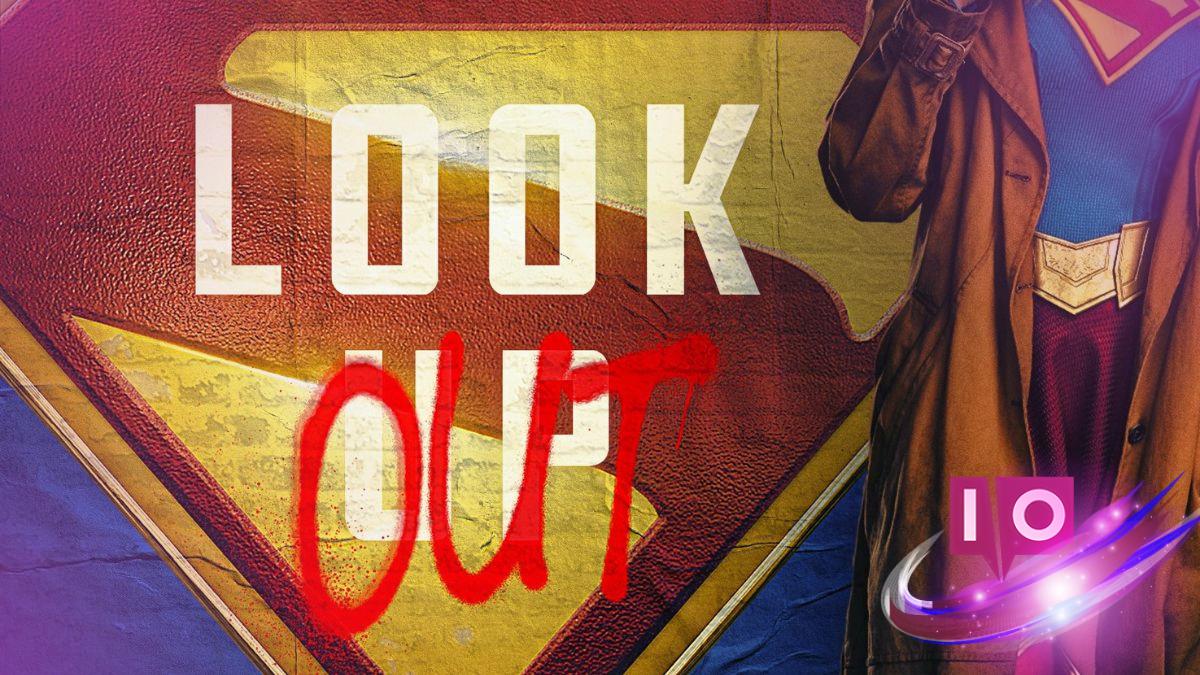When James Gunn and Peter Safran revealed their vision for the new DC Universe in early 2023, the inclusion of Supergirl (2026) in Chapter One: Gods and Monsters raised eyebrows. For many, Superman’s cousin has often been overshadowed by the Man of Steel. However, Gunn assured fans that his rendition of Supergirl would diverge significantly from the familiar, bright character portrayed in comics or the CW series. So who is Supergirl, or Kara Zor-El, and why does James Gunn believe she deserves her own feature in this rebooted DCU?
Who Is Supergirl in DC Comics?
Kara Zor-El made her debut in Action Comics #252, released in 1959. She is Superman’s older cousin and was a teenager during Krypton’s catastrophic explosion. Unlike Kal-El, who quickly made his way to Earth, Kara’s journey was more complicated. Depending on the storyline, her escape pod often faces delays or damage, meaning she arrives on Earth after Superman has already secured his status as the planet’s greatest hero.
This situation creates a peculiar conflict. Kara, intended to be Kal-El’s protector, meets him when he no longer requires safeguarding. Instead, she must navigate a world where Superman is already a celebrated figure, leaving her grappling with her own identity.
Throughout the years, Supergirl has undergone various transformations: from a bubbly teenage hero to a hot-headed outsider, and even a hardened warrior in Tom King and Bilquis Evely’s acclaimed 2021 series, Supergirl: Woman of Tomorrow. This latter portrayal, marked by complexity and resilience, aligns closely with what Gunn aims to bring to audiences, especially given the initial title of Supergirl (2026) was Superman: Woman of Tomorrow.
Why James Gunn Brought Supergirl to the DCU?

James Gunn has stated that his version of Superman, portrayed by David Corenswet in Superman (2025), embodies hope, kindness, and optimism. In contrast, Supergirl represents a starkly different narrative. According to Gunn, she is a character who “didn’t grow up on Earth and witnessed her family and loved ones perish in horrific ways.” This is not the cheerful cousin following in Clark’s footsteps; rather, she is shaped by trauma and isolation.
By juxtaposing Kara’s story with Clark’s, Gunn aims to broaden the DC Universe’s portrayal of Kryptonians beyond the classic “Boy Scout” trope. Audiences will witness two distinct perspectives from the same doomed planet—one nurtured on Earth’s yellow sun and the other hardened by witnessing Krypton’s demise. This contrast is pivotal in establishing why Gunn firmly believes Kara deserves her time in the spotlight.
What Do We Know about Supergirl in the 2026 Movie?
The upcoming film draws inspiration from King and Evely’s eight-issue limited series, Supergirl: Woman of Tomorrow. In this comic, Kara embarks on a quest for vengeance alongside a young alien girl named Ruthye, whose father was slain by a mercenary. What unfolds is a blend of sci-fi adventure, western themes, and rich character exploration, showcasing a Supergirl who is battle-worn yet determined to navigate a universe filled with hostility.
While Gunn and director Craig Gillespie will not replicate the comic word-for-word, they have emphasized that its story and tone will significantly guide the film. With Milly Alcock cast as Kara, it’s evident they’re seeking a character who embodies youth but carries an undeniable sharpness, hinting at someone who has endured the weight of survival.
Moreover, this is a crucial moment for Supergirl in the DCU. Historically, Superman has dominated narratives involving Kryptonians. Though Kara has been relegated to supporting roles across various media, Gunn’s revamping of the DC Universe is aimed at rewriting these outdated molds. By focusing on a Supergirl who transcends being simply a “female Superman” to become a fully fleshed-out, flawed character, the studio aligns perfectly with its vision of refreshing its lineup of heroes.
Is Supergirl part of a larger trend in superhero storytelling? Many wonder if the rise of female-led narratives marks a shift in how audiences connect with their favorite characters. The answer seems to be a resounding yes, as studios are increasingly looking to diversify their rosters.
Will Supergirl emerge as a game-changer in the DC Universe? Only time will tell, but the excitement surrounding her character could very well pave the way for new stories and heroes—something fans are eager to see.
Curious about the developments in superhero films and how they shape storytelling? Dive deeper into the subject and keep exploring related content at Moyens I/O.
